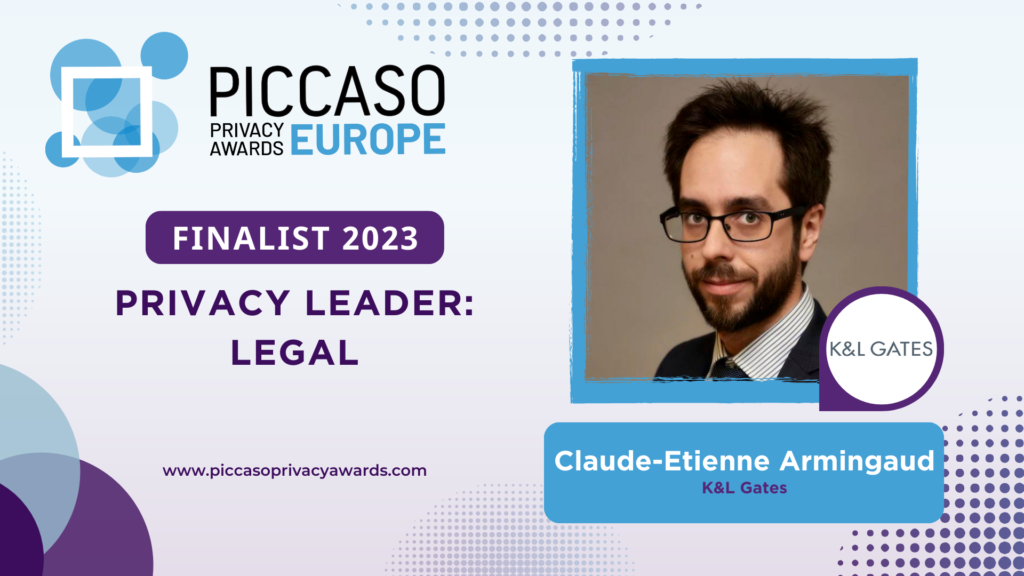This series of webinars will address the potential impacts of artificial intelligence (AI) regulations on business across the globe. Recent developments in general availability of AI and generative AI solutions are leading regulators, at a global level, to consider legal frameworks to protect both individuals affected by AI and digital sovereignty. Our panelists will address these potential regulatory developments, as well as the expected timeline for these changes, region by region.
Our first panel will feature a discussion focused on current and future regulatory requirements on the AI industry throughout the EU and the UK. With the language of the EU’s Al Act heading into its trialogue, it is even more important for stakeholders to understand the EU’s approach and prepare for the potential impact of this regulation in Europe, UK, and beyond. The panelists will address key questions, such as:
- What new undertaking will be bearing on the stakeholders in this industry?
- Will government regulation be “technology neutral”?
- Could the various frameworks lead to conflicts for local compliance efforts?
- Will a requirement for an AI system to explain its thinking or provide substantive sources for all results have a deleterious impact on its ability to “think” independently?
- Is it too late for stakeholders to have a say in these expected frameworks?
Claude-Étienne Armingaud | PARTNER | PARIS
Giovanni Campi | POLICY DIRECTOR | BRUSSELS
Jennifer Marsh | PARTNER | LONDON
Register here: K&L Gates Website
Access the full text of the EU AI Act here.




